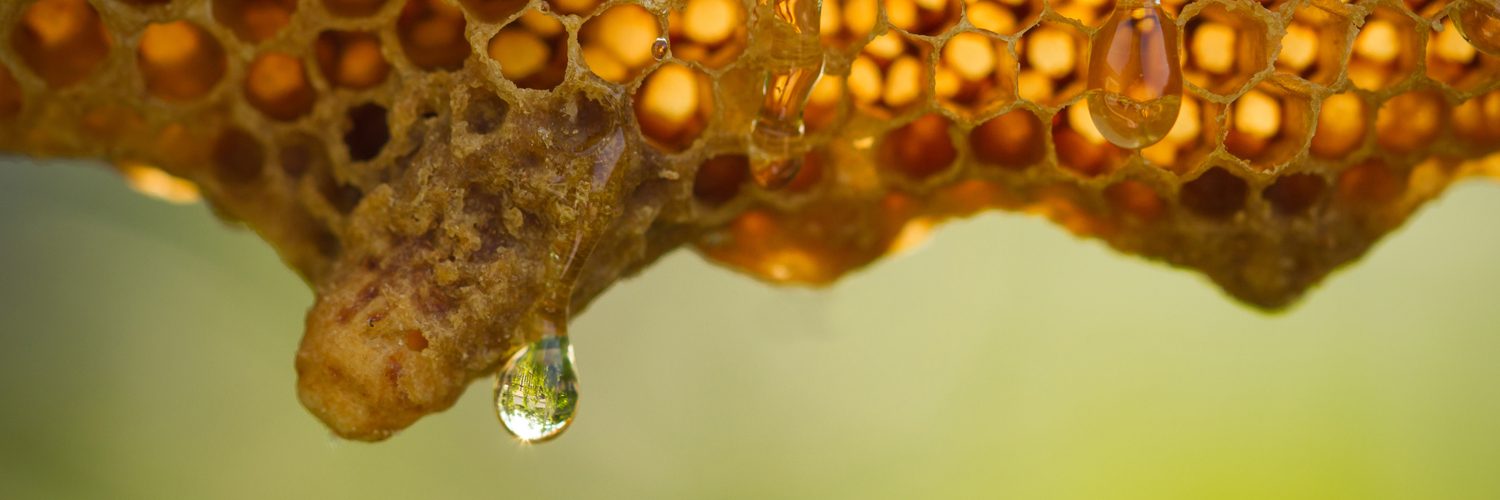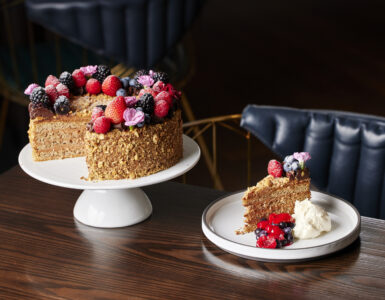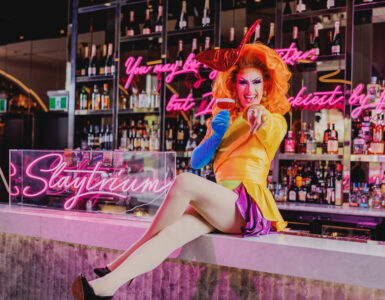We are all abuzz about The Star’s native honey partnership with North Stradbroke’s Aboriginal community writes Sarah Nicholson.

The wildlife is the star of the show on idyllic North Stradbroke Island. Every year between April and November, migrating humpback whales occupy the deep blue surrounding the island, which can be found 30 kilometres from Brisbane in Queensland’s southeast corner.
Locals and visitors alike gather at The Gorge to see the majestic giants frolic just a stone’s throw from shore. It’s a treat to wander the iconic North Gorge Walk at dawn. The 1.2-kilometre trail winds past grazing kangaroos, sleeping koalas and chortling birds as the sun rises above the waves to the east. Those with the patience to pause by the water will likely spy dolphins, rays, turtles and tropical fish. While the whales and kangaroos get all the glory, it’s one of Stradbroke’s smallest creatures that is becoming the latest star in this island’s show.
The native bees buzz around the bush during the hottest hours of the day and provide a soothing soundtrack to island life. An innovative partnership between North Stradbroke’s Aboriginal community and The Star Entertainment Group – the owners of the Treasury Brisbane and The Star Gold Coast – sees a trial program harvesting “sugarbag” native honey from hives hidden around the pristine island, known as Minjerribah to the traditional land owners. The sweet syrup, which is delicate and fruity with a lower sugar content than traditional varieties of honey, is being collected by Quandamooka Yoolooburrabee Aboriginal Corporation (QYAC) rangers and community elders according to local customs before being used as a signature ingredient in menus created by chefs at the two Queensland hotels.

Australia’s leading native bee expert and former CSIRO entomologist, Tim Heard, says each hive should generate around one kilogram of honey each year. “We have around 1,500 species of bees in Australia, with this particular species producing a unique and earthier taste sensation that is lighter and has a runnier consistency than normal honey,”

Dr Heard explains. “The hives are being placed in different terrains and locations around the island, such as by the coast and in bushland, to see if their locality provides different flavours or different honey production rates, which will be reviewed during the trial.” The Quandamooka community is embracing the program.
They not only see it as a chance to establish an artisan micro-food business on North Stradbroke Island, but also to pass traditional skills down to a new generation of the Indigenous population and develop an eco-cultural experience for visitors to enjoy.
If you’re exploring North Stradbroke, be sure to pause when you hear the native bees buzzing about and give these miniature members of the island’s population the attention they deserve.















